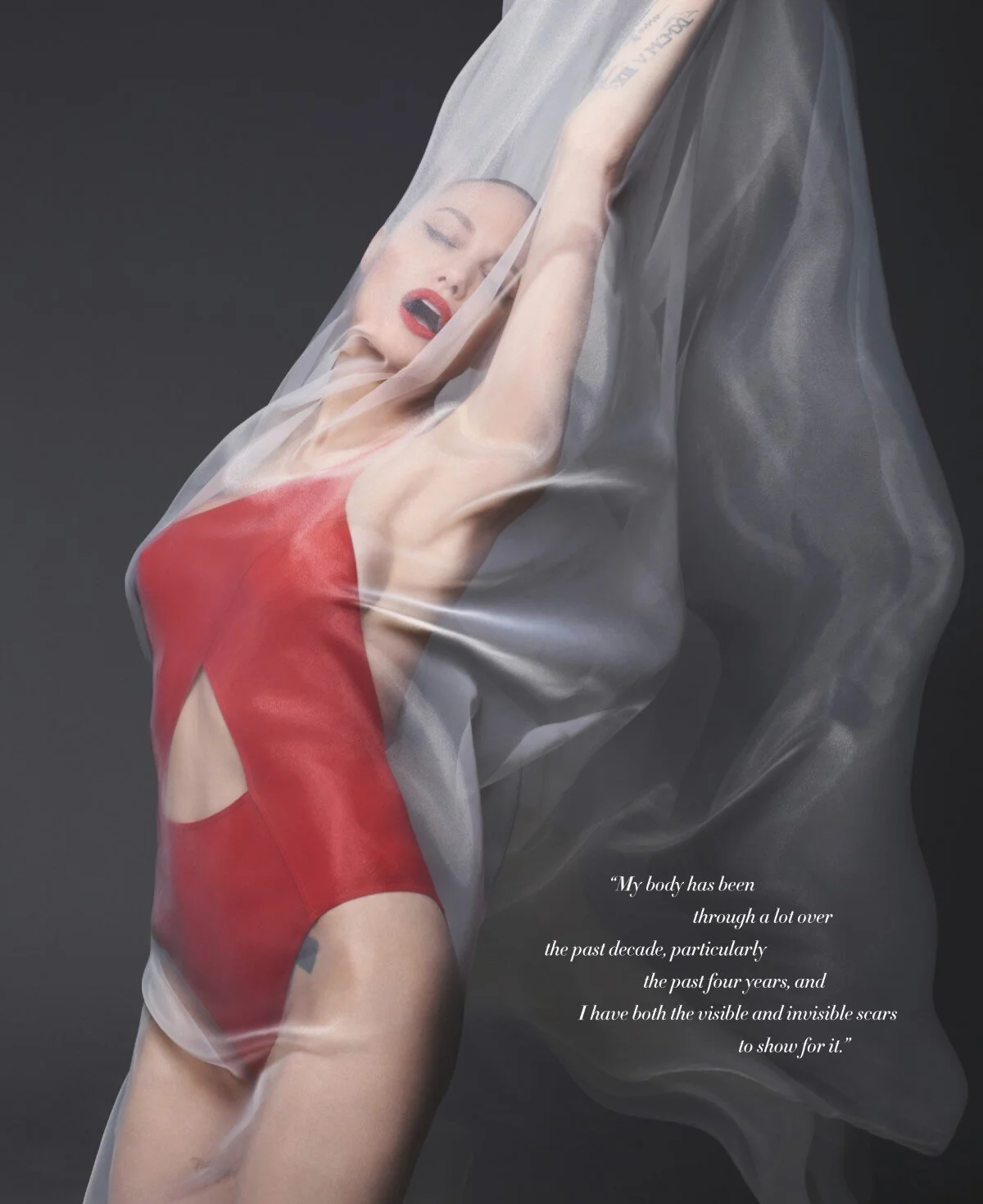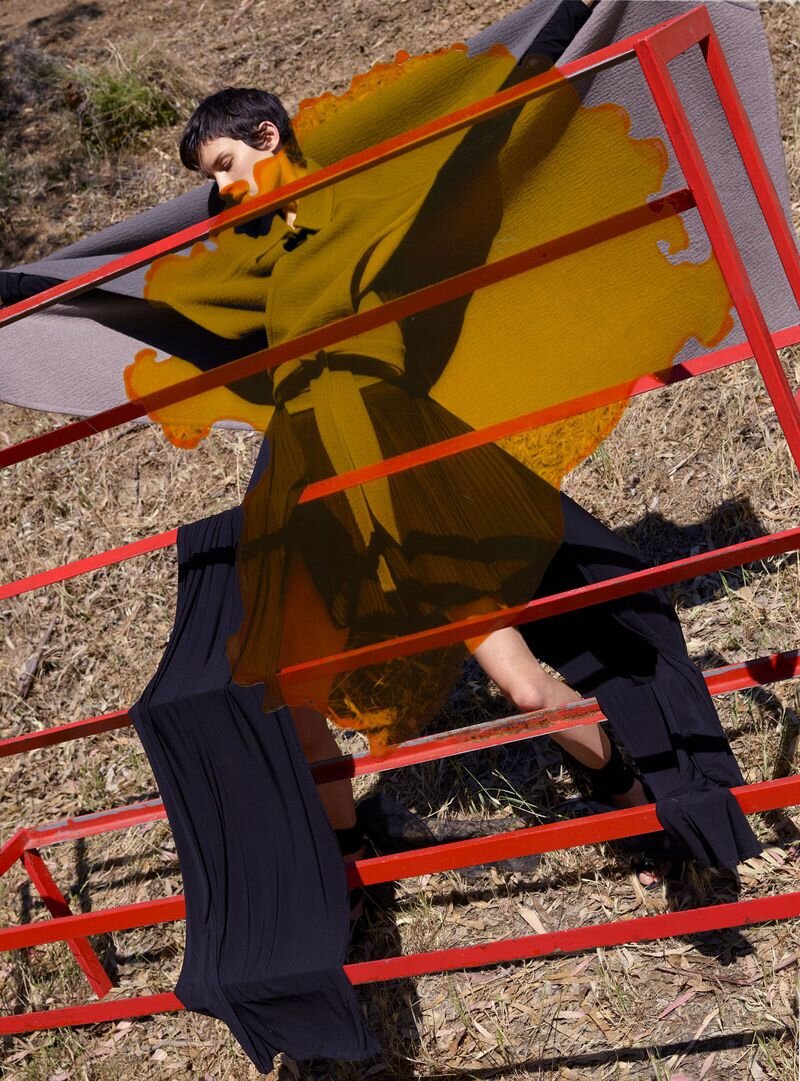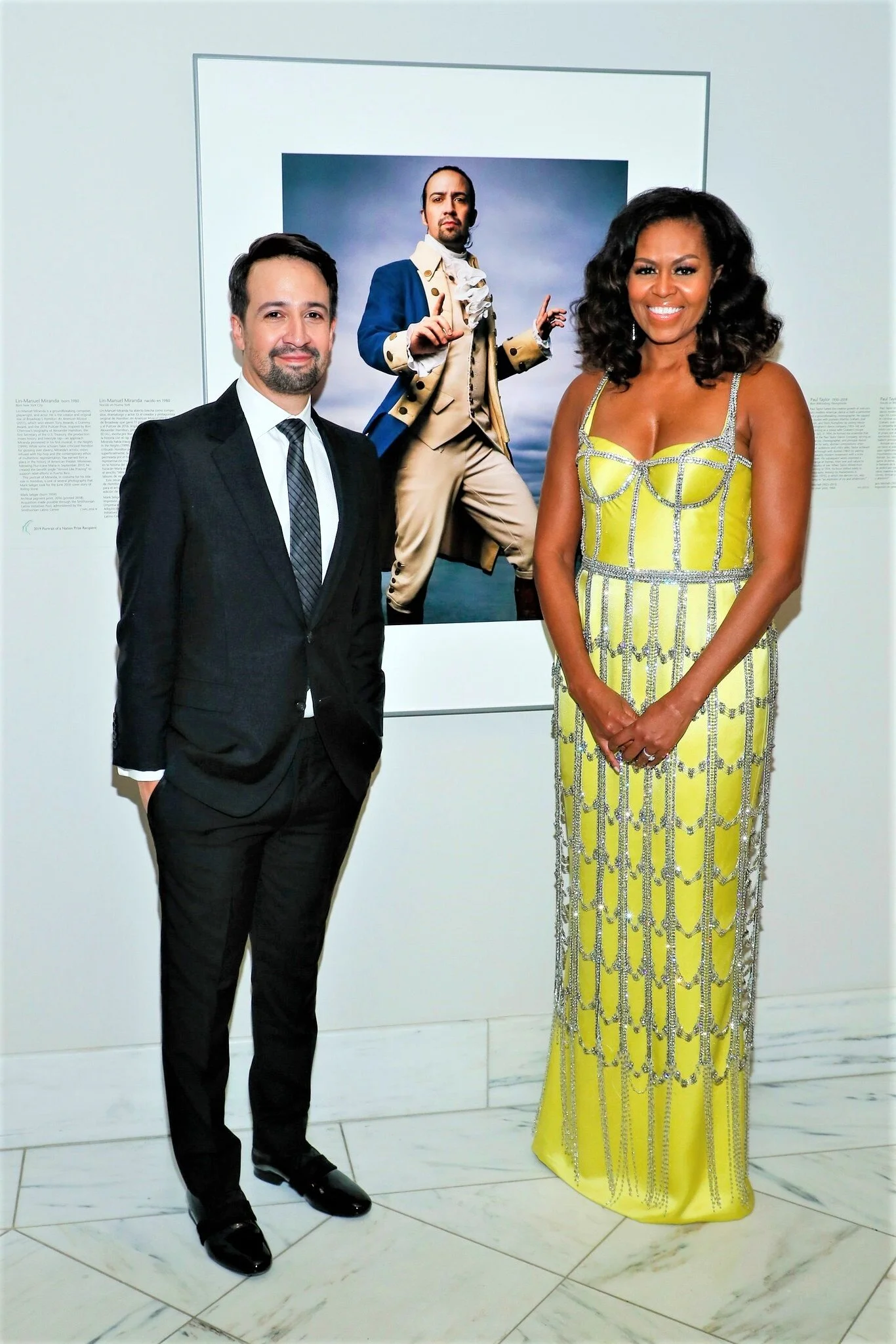Gertrude Stein & Alice B. Toklas l Science,God and Alice's Chicken
/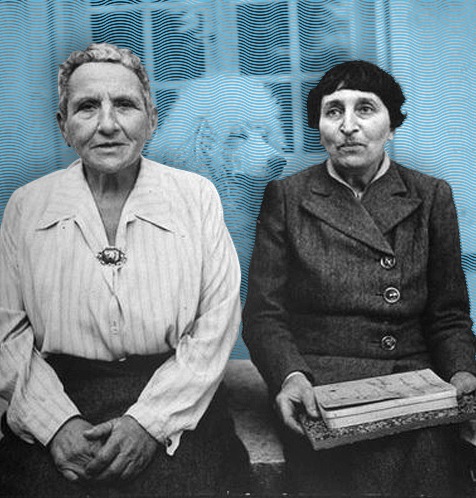
Gertrude Stein and Alice Tolkas proved to be a power-duo in Paris during the early 20th century.
http://beinecke.library.yale.edu/digitallibrary/stein.html
True trailblazers for women, Gertrude and Alice remind us of the importance of the mind, intellectual thought, and creative problem solving for life’s challenges. Not only did Gertrude and Alice believe in the power of art; they embraced science.
The rejection of science is a cornerstone of thought among the Joe Pitts crowd. They suspend all judgement, discovery, and intellectual argument. Why? Intellect isn’t arrogance, and yet this is the very argument at the center of Joe Pitts’ life philosophy.
To think is going against God! That’s what I call backing American discovery and innovation into a corner. 50 years ago Americans didn’t have to choose between God and science.
Gertrude and Alice would not approve!!! What’s marvelous about these ladies is that Alice could both think and cook well. Most women can. Seriously.
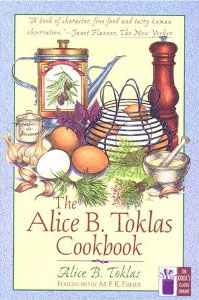
http://beinecke.library.yale.edu/digitallibrary/stein.html
True trailblazers for women, Gertrude and Alice remind us of the importance of the mind, intellectual thought, and creative problem solving for life’s challenges. Not only did Gertrude and Alice believe in the power of art; they embraced science.
The rejection of science is a cornerstone of thought among the Joe Pitts crowd. They suspend all judgement, discovery, and intellectual argument. Why? Intellect isn’t arrogance, and yet this is the very argument at the center of Joe Pitts’ life philosophy.
To think is going against God! That’s what I call backing American discovery and innovation into a corner. 50 years ago Americans didn’t have to choose between God and science.
Gertrude and Alice would not approve!!! What’s marvelous about these ladies is that Alice could both think and cook well. Most women can. Seriously.

First published in 1954, ‘The Alice B. Toklas Cookbook’ was a great success.
“Toklas lived, cooked, and kept house in Paris and rural France with her companion, Gertrude Stein, from 1908 until Stein’s death in 1947. During that time she cooked for and shared food with friends, including Pablo Picasso, Ernest Hemingway, and Thornton Wilder, accumulating recipes for the simple and haute bourgeois dishes compiled in the book. She also saw and remembered all, from life in the high bohemian circle she and Stein occupied; to France during two world wars; to the United States, visited in the ’30s; to summers passed in a paradisiacal country retreat at Biligin in France. These and more Toklas depicts vividly and acerbically, all viewed through the prism of food and good eating. “
Remembering a recipe for roasted chicken from this duo, the Spittin’ Sister in Philadelphia went on the hunt, arriving at Heather Atwood’s blog. We share both a chicken recipe and poem ‘The Mirabeau Bridge’ by Apollinaire.
Toss in a few Nicoise black olives and this is a bona fide Pitts Spittin’ recipe. This chicken is coming to the Philadelphia oven pronto.
Alice B. Toklas Chicken
1 medium-sized (about 3½ pounds) roasting chicken, preferably free-range
Salt
2 tablespoons unsalted butter
2 tablespoons extra virgin olive oil
½ cup ruby port
½ cup orange juice
3 tablespoons heavy cream
Zest of 1 orange, grated
Salt and freshly ground black pepper
Instructions:
When you bring the chicken home from the market, unwrap it and sprinkle it generously with salt. Cover and refrigerate it until ready to cook. Bring the bird to room temperature before cooking. Do not rub off the salt.
Preheat the oven to 400°F.
In a large ovenproof skillet warm the butter and olive oil over medium heat. Brown the chicken breast side down, for 3 to 5 minutes then turn it over and brown the other side for 3 to 5 minutes.
Place the skillet in the oven and roast the chicken for 45 minutes. Pour the port over the chicken and baste it. Roast for 10 minutes more, than add the orange juice and baste again. Roast for about 5 minutes more. The chicken is done when the juices of the thigh run clear when pierced with the blade of a sharp knife, or when the thigh wiggles easily. Remove the chicken from the oven, transfer it to a cutting board, and let it rest as you make the sauce.
Skim as much fat off the top of the juices in the skillet as you can and discard. Place the skillet over medium heat and add the cream, stirring up the crispy bits on the bottom. Add about half the orange zest and allow the sauce to reduce as you stir constantly for a few minutes.
Carve the chicken and transfer it to a serving platter. Pour some of the sauce over the chicken and transfer the rest into a gravy boat or small pitcher and serve it at the table. Sprinkle the remaining orange zest over the chicken.
Recipe: http://heatheratwood.com/blog/?p=343
“Toklas lived, cooked, and kept house in Paris and rural France with her companion, Gertrude Stein, from 1908 until Stein’s death in 1947. During that time she cooked for and shared food with friends, including Pablo Picasso, Ernest Hemingway, and Thornton Wilder, accumulating recipes for the simple and haute bourgeois dishes compiled in the book. She also saw and remembered all, from life in the high bohemian circle she and Stein occupied; to France during two world wars; to the United States, visited in the ’30s; to summers passed in a paradisiacal country retreat at Biligin in France. These and more Toklas depicts vividly and acerbically, all viewed through the prism of food and good eating. “
Remembering a recipe for roasted chicken from this duo, the Spittin’ Sister in Philadelphia went on the hunt, arriving at Heather Atwood’s blog. We share both a chicken recipe and poem ‘The Mirabeau Bridge’ by Apollinaire.
Toss in a few Nicoise black olives and this is a bona fide Pitts Spittin’ recipe. This chicken is coming to the Philadelphia oven pronto.
Alice B. Toklas Chicken
1 medium-sized (about 3½ pounds) roasting chicken, preferably free-range
Salt
2 tablespoons unsalted butter
2 tablespoons extra virgin olive oil
½ cup ruby port
½ cup orange juice
3 tablespoons heavy cream
Zest of 1 orange, grated
Salt and freshly ground black pepper
Instructions:
When you bring the chicken home from the market, unwrap it and sprinkle it generously with salt. Cover and refrigerate it until ready to cook. Bring the bird to room temperature before cooking. Do not rub off the salt.
Preheat the oven to 400°F.
In a large ovenproof skillet warm the butter and olive oil over medium heat. Brown the chicken breast side down, for 3 to 5 minutes then turn it over and brown the other side for 3 to 5 minutes.
Place the skillet in the oven and roast the chicken for 45 minutes. Pour the port over the chicken and baste it. Roast for 10 minutes more, than add the orange juice and baste again. Roast for about 5 minutes more. The chicken is done when the juices of the thigh run clear when pierced with the blade of a sharp knife, or when the thigh wiggles easily. Remove the chicken from the oven, transfer it to a cutting board, and let it rest as you make the sauce.
Skim as much fat off the top of the juices in the skillet as you can and discard. Place the skillet over medium heat and add the cream, stirring up the crispy bits on the bottom. Add about half the orange zest and allow the sauce to reduce as you stir constantly for a few minutes.
Carve the chicken and transfer it to a serving platter. Pour some of the sauce over the chicken and transfer the rest into a gravy boat or small pitcher and serve it at the table. Sprinkle the remaining orange zest over the chicken.
Recipe: http://heatheratwood.com/blog/?p=343

Image above: Gertrude & Alice cafe bookstore Sydney









